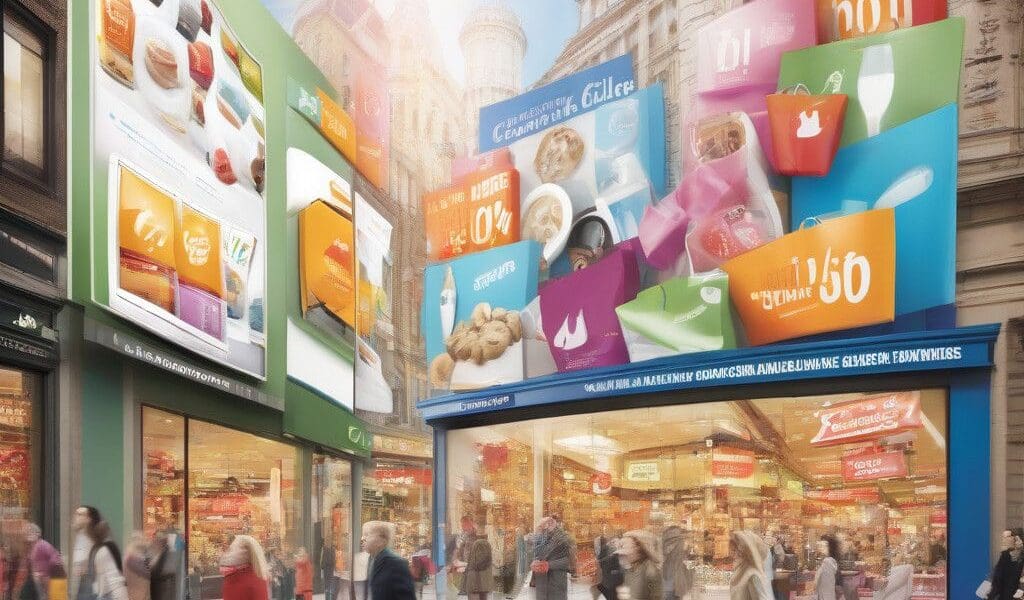In a striking revelation by Forrester Research, a potential 25% drop in brand loyalty among consumers is expected by the year 2025. This prediction primarily stems from rising prices that force consumers to explore more cost-effective alternatives. As the dynamics of consumer behavior shift, brands will need to confront these changes head-on to maintain their foothold in the market.
Forrester’s insights underscore a critical shift in the marketplace. In response to escalating costs, consumers are likely to become less attached to specific brands and more inclined to make purchasing decisions based solely on price. This could lead to a turbulent landscape for brands that have traditionally relied on loyal customers to drive sales and growth.
Despite the predicted decline in loyalty, loyalty programs are anticipated to become increasingly popular. Brands that can offer real value through their programs will likely attract consumers desiring a break from incessant price comparisons. With heightened competition for consumer attention, brands must rethink their loyalty strategies to ensure they resonate with contemporary consumer preferences.
Investment in technology is set to play a crucial role in reshaping customer loyalty. Forrester highlights that the budget for unifying data related to loyalty and marketing technology stacks is projected to triple. Currently, a staggering 78% of US B2C marketing executives report that their marketing and loyalty technologies operate in isolation. This disconnectedness could hinder brands’ ability to deliver seamless consumer experiences. By 2025, brands will need to focus on integrating these technologies, providing a consistent and personal experience that meets evolving consumer expectations.
One significant change anticipated in consumer engagement is the rise of Artificial Intelligence (AI) in customer service roles. Forrester predicts that the automation of routine inquiries through Generative AI will displace approximately 100,000 frontline agents employed by leading global contact center outsourcers. As many as 62% of contact centers in consumer-oriented industries are currently outsourced, and the growing efficiency of AI is set to change the way customers interact with brands. This will necessitate not only an investment in technology but also a strategy to maintain a human touch in customer relations, even in an increasingly automated world.
In the realm of digital marketing, regulatory pressures are also influencing strategic decisions. Despite ongoing discussions around TikTok and potential bans or divestments in the United States, Forrester predicts that the platform will remain a key player by 2025. The ability to leverage this medium will remain essential for brands looking to capture the attention of younger demographics, particularly as traditional media channels see declining engagement rates.
Sharyn Leaver, Chief Research Officer at Forrester, emphasizes that the influence of generative AI is substantial. She notes, “In 2025, B2C marketing, digital, and CX leaders must build on lessons learned from this experimentation and focus on improving their data infrastructure to gain better customer insights.” This statement highlights the necessity for brands to learn from their past experiences and adapt to the rapidly changing landscape.
Brands should also consider the implications of these predictions in their marketing strategies. For instance, companies like Starbucks and Amazon have successfully leveraged loyalty programs that not only reward customers but also create an ecosystem encouraging repeat business. Brands need to revisit their customer engagement strategies and consider implementing tiered loyalty systems, offering exclusive perks that entice consumers to stay committed despite price fluctuations.
Furthermore, as consumers become price-sensitive, it is crucial for brands to engage in transparent communication about the value they offer. Educational marketing campaigns that inform customers about the benefits and unique selling propositions of products can effectively enhance perceived value. For example, brands in the healthcare sector have increasingly embraced educational content marketing to build trust and establish authority, helping them retain consumer loyalty.
It’s evident that the landscape of consumer loyalty is shifting, throwing a spotlight on the pressing need for strategic adaptation. Brands must move beyond traditional models of engagement and explore innovative ways to foster loyalty in an era marked by cost considerations. Those that successfully blend technology with genuine customer engagement will be better positioned to navigate the challenges ahead.
In conclusion, as Forrester warns of a 25% drop in brand loyalty by 2025 driven by rising prices and shifting consumer priorities, businesses must prioritize integration of technology, revisit loyalty programs, and adapt their engagement strategies to thrive in this new reality. The brands that will come out on top are those that harness insights, leverage technology, and maintain a relentless focus on delivering value.












